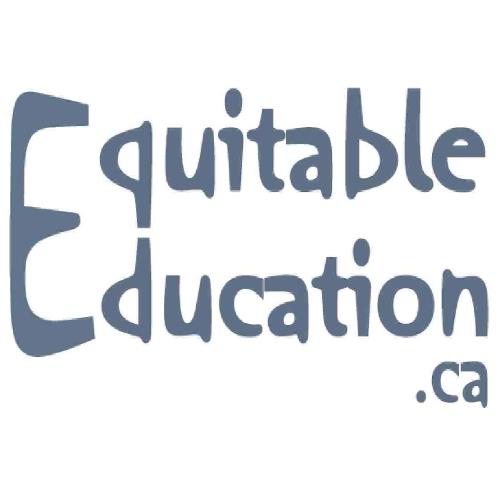So I was just at a workshop on ‘Cultural Appropriation’. I thought it’d be good, and it was, just not in the way I had thought. The facilitator was Jessica Yee (now Danforth).
She told us why she’d started giving these workshops on Cultural Appropriation: She’d written an article published in/on Bitch Magazine. It got tons of comments feedback, mostly shitting on her (and she mentioned that Bitch is seen as a supposedly progressive feminist magazine). She also had lots of personal (online and offline) correspondance, and even had two people show up at her house (luckily it was to have discussions, not with a knife or anything). But anyways, she felt that was a bit much (and has stopped writing for Bitch), and felt that simply writing more online in response wouldn’t really be that effective – she felt that she would step into/reclaim power on this issue by actually creating a space for people to learn, discuss and strategize on the issue of cultural appropriation.
Here’s the article she wrote … and also here’s a follow-up penned by the Racialicious collective, in response to all the nasty feedback
Anyways we came into the workshop, and there was a ‘Cultural Appropriation Bingo’ laid out, with ‘textbook’ responses to people who are appropriating another’s culture. Some examples from that include:
- I’m just showing appreciation for that culture
- You’re just looking for something to be offended about
- You’re just trying to tell everyone what to think
- If you don’t like it, don’t (buy it, watch it, read it)
- This is promoting understanding between cultures
- I don’t find this offensive
- I asked a person from that culture and s/he said it was OK
- This (fashion, religion, music) really speaks to me on a level white stuff doesn’t
- Other countries appropriate things from America
Ever heard any of those before?
Anyways Jessica started off by saying she wasn’t there to tell us what we can or can’t (should or shouldn’t) be doing, but that she wanted to share her own understanding of the situation
And that most likely we would be offended, confused, unsure, defensive, pissed off, etc at times during the workshop. We smudged at the start as an act of her offering/inviting us into the space to have this discussion.
The key understanding I left with, was that it is white supremacy that creates the opportunity for cultural appropriation to happen.
She didn’t define what cultural appropriation is, she said that some strict definition would end up with individuals then interpreting it into what they could or couldn’t do, she said it’s just something that you know when you see it.
And she did introduce the concept of FPIC (Free, Prior, Informed Consent) as a principle that can often apply when you’re looking to see if something is in fact cultural appropriation. *She talked about it as consent from the community: my question, which I’m still unsure about, is how you deal with consent from some members of the community but opposition from others?
Also she introduced a quote that talked about how you don’t/can’t teach anti-racism (cause that would mean it is the teacher/trainer who imparts the knowledge/understanding), but it is something that people must learn for themselves.
But she did talk about how we need to talk about, whose job is it to be anti-racist / to eradicate white supremacy? and how there actually needs to be finger-pointing, delegating/taking on actual tasks, etc … and we didn’t come up with answers, more just had discussion, but at the end we each did write down what we felt we were responsible for, and what we felt we can’t do.
But to get back to the white supremacy, the thing that makes cultural appropriation different from inter-cultural learning/sharing:
Here’s a video of Andrea Smith discussing the three pillars of White Supremacy (from 2:20 on)
And here’s a written piece (book chapter – PDF) (or alternatively, here) discussing the same thing
The basics are that there are three pillars of White Supremacy:
- Slaveability: which anchors Capitalism, and is seen as Anti-Black Racism
- Indigenous Disappearance: which anchors Colonialism, and is seen as Genocide
- Foreign Threat to Empire: which anchors War, and is seen as Orientalism (‘Othering’)
After being introduced to these three pillars, we then broke into groups and came up with examples (from personal experiences) of appropriation for each of the three areas/pillars. It was confusing at times, but we were able to come up with some for each, and then when each group presented to the rest, we were able to get even more ideas, and discuss how White Supremacy enabled all these different types and instances of cultural appropriation.
And again, the lesson was not what you should or shouldn’t do, but to understand the context and your role/responsibility in it.
 Interdependent media & in-person learning opportunities for those who are inspired to be part of movements for social justice.
Interdependent media & in-person learning opportunities for those who are inspired to be part of movements for social justice.